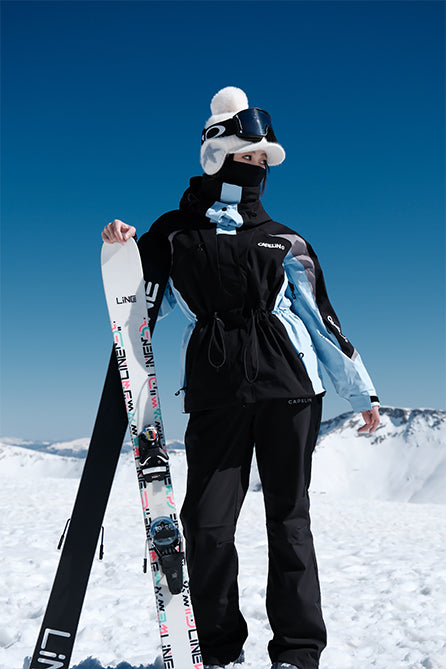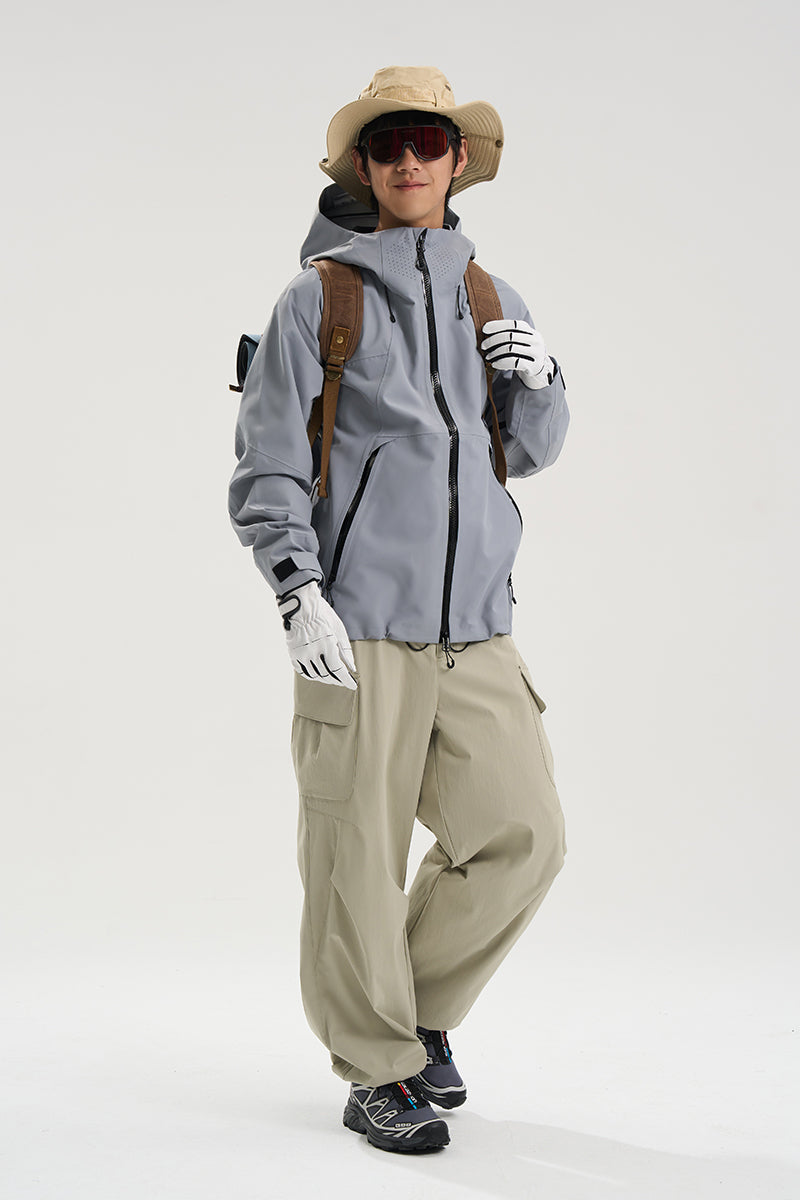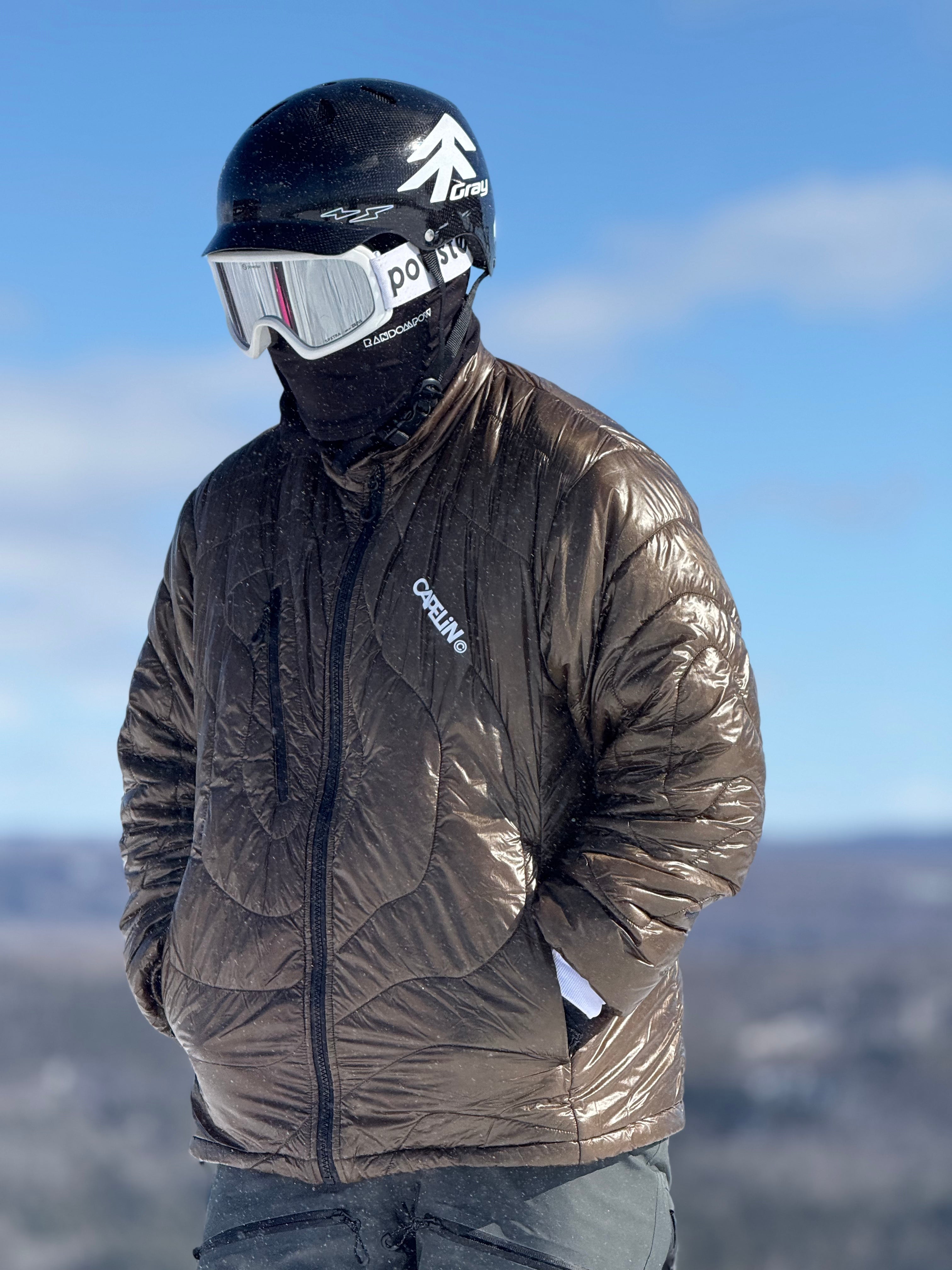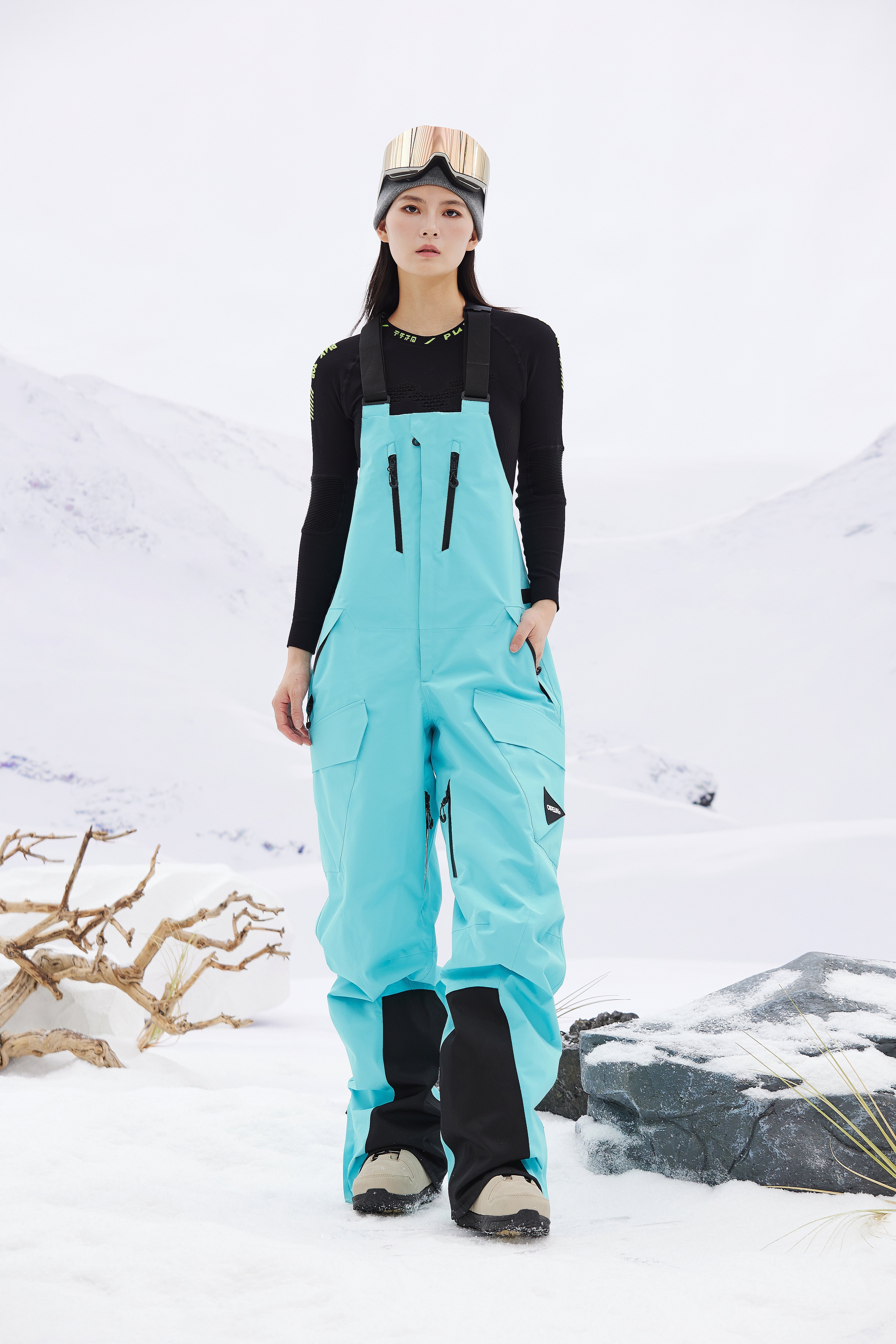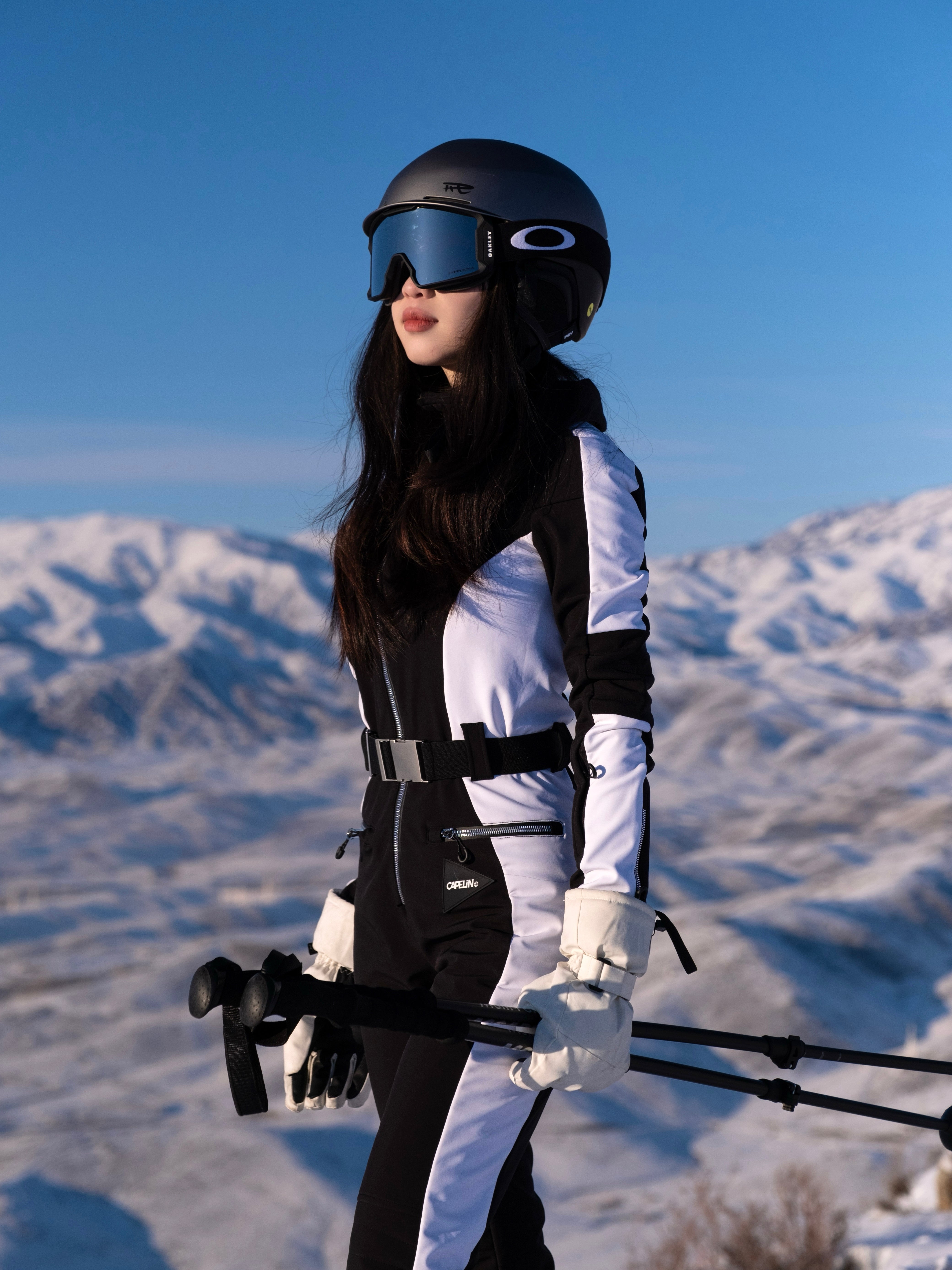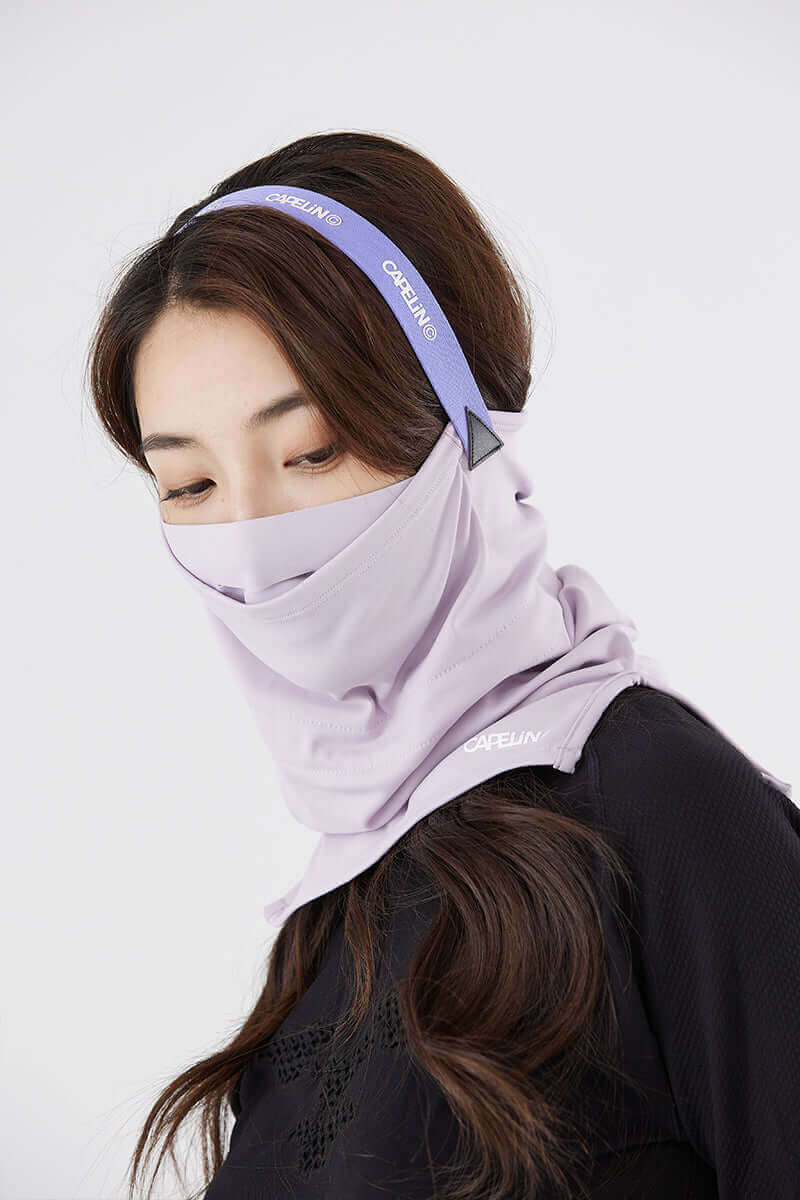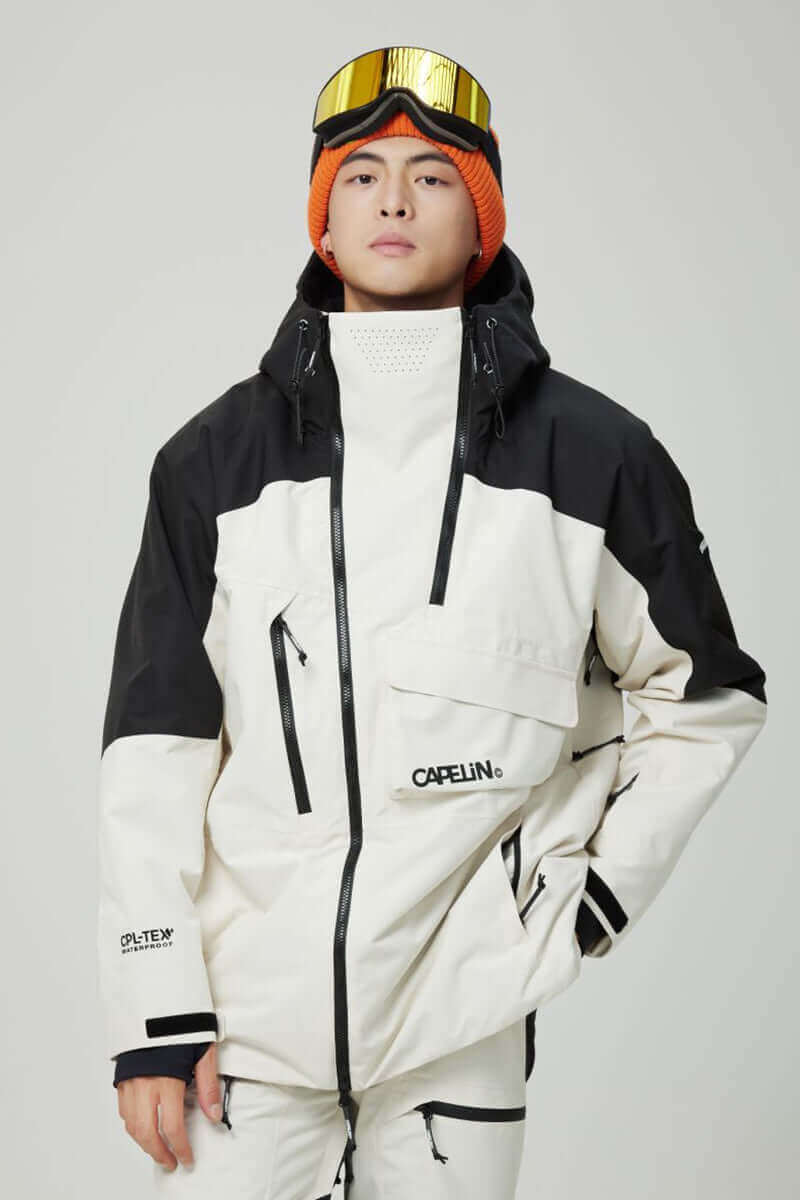Introduction
Ever found yourself shivering on the chairlift, questioning the very purpose of your outerwear? The question "Are ski jackets warm?" is a fundamental one for any winter sports enthusiast. The answer, however, is not a simple yes or no. True warmth on the mountain is the result of sophisticated engineering and intelligent design. This article delves into the science behind the best ski jacket models, breaking down the key elements—from advanced insulation and waterproof barriers to strategic fit and design—that work in concert to keep you genuinely warm and comfortable in the harshest alpine conditions.
Contents
● What is a ski jacket?
● What insulation materials are used in ski jackets to keep them warm?
● How do waterproof and breathability ratings impact the warmth of an insulated ski jacket?
● How do the fit and design details of a fitted ski jacket affect its warmth?
What is a ski jacket?

A ski jacket is far more than just a regular winter coat. It's a purpose-built piece of technical outerwear designed specifically for the unique demands of skiing and snowboarding. Unlike a simple fashion puffer, the best ski jacket is engineered to be a protective shell against harsh mountain conditions: biting wind, driving snow, and freezing temperatures. Its core mission is to keep you dry, warm, and comfortable, allowing you to focus on the slopes rather than the chill. This is achieved through a sophisticated combination of advanced materials and intelligent design features that work in harmony to regulate your body's temperature.
What insulation materials are used in ski jackets to keep them warm?

The warmth of an insulated ski jacket primarily comes from its filling, which traps body heat to create a microclimate around you. Most high-performance ski jacket designs use synthetic insulation, a technological marvel that provides an excellent warmth-to-weight ratio.
The key metric to look for is grams per square meter (gsm). A lighter jacket for milder days or high-output activities might have 40-60gsm, while a expedition-grade piece for frigid, chairlift-heavy days could have 120gsm or more.
The beauty of modern synthetic insulation is that it retains its thermal properties even if it gets damp from sweat or snow, unlike down which can clump and lose its effectiveness. So, when asking "are ski jackets warm?", the answer starts with the type and amount of insulation cleverly packed inside its layers.
How do waterproof and breathability ratings impact the warmth of an insulated ski jacket?
Staying warm is fundamentally about staying dry. This is where waterproofing and breathability become non-negotiable features of any worthy ski jacket. Imagine wearing the warmest insulated ski jacket only to have melting snow seep through the fabric. You’d be cold and miserable in minutes.
● A high waterproof rating (e.g., 20,000mm) means the outer fabric can withstand a torrential downpour of snowmelt without letting moisture in.
● But just as crucial is breathability (e.g., 15,000g). As you carve down the mountain, you sweat. If that vapor has nowhere to go, it soaks your layers from the inside, making you feel clammy and cold. A highly breathable membrane allows this sweat vapor to escape, maintaining a dry and therefore warm interior.
In essence, these ratings are the guardians of your core temperature, making them just as important as the insulation itself for overall warmth.
How do the fit and design details of a fitted ski jacket affect its warmth?

You could have the most advanced materials in the world, but a poor fit will let all the warmth out. This is where the concept of a fitted ski jacket comes into play. The goal isn't a tight, restrictive fit, but a precise "athletic" or "regular" cut that allows for strategic layering beneath without excessive bulk or gaping air vents.
● A longer hem keeps snow from going up your back on a fall, while a high, insulated collar teams up with a neck gaiter to stop icy drafts.
● Features like adjustable cuffs with inner gaiters seal the gap at your gloves, and a powder skirt buttons down to keep snow from rushing up your torso.
● An adjustable hood that fits over a helmet protects your head and neck.
Every one of these details on a fitted ski jacket is a deliberate barrier against heat loss. It’s this meticulous attention to detail in the design that transforms a shell with insulation into a truly warm ski jacket, conclusively answering the question, "are ski jackets warm?" with a resounding yes—when you choose the right one.
Conclusion:
So, are ski jackets warm? The evidence confirms that a well-designed ski jacket is exceptionally warm, but its performance is a sum of its parts. The warmth is not just about thick padding; it's a scientific interplay between high-tech insulated ski jacket fillings, impermeable yet breathable membranes, and the meticulous, draft-excluding design of a fitted ski jacket. When these elements are harmonized in the best ski jacket for your needs, the result is reliable, all-day warmth that lets you conquer the coldest days with confidence and comfort.
FAQ:
Q: How to choose the right ski jacket?
A: Select appropriate waterproof rating (recommended 10K+) based on skiing environment, choose insulation weight (60-100g universal) according to temperature, and ensure the cut allows layering space.

